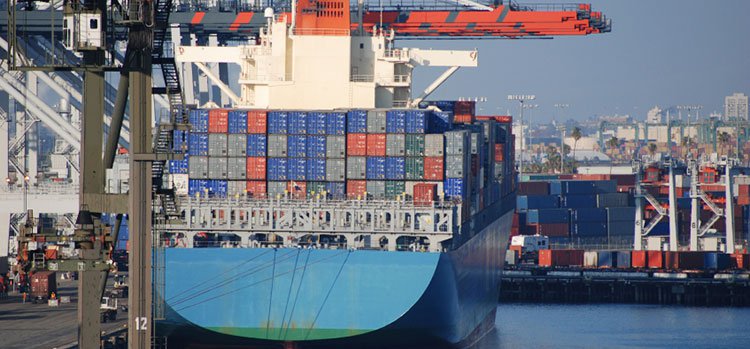
Examining the State of Logistics Report
Bastian Solutions | 14 January 2016
Every year the Council of Supply Chain Management Professionals produces a “State of Logistics Report”. The 26th annual report, released last June, analyzed U.S. logistics in 2014 and gave a prediction for what 2015 would have in store.
Key Factors in the State of Logistics Report
The “State of Logistics Report” showed that 2014 was the best year for U.S. logistics since the recession hit in 2007, and aside from Q1, 2015 did not slow down. Overall the year showed strong growth, and the U.S. economy did better in 2015 than the previous year. This translates into more consumer cash, which means an increase in business, and also an increase in transportation needs. While this is great for the economy, there are concerns about the capacity of the current motor carriers.
One of the major factors highlighted in the “State of Logistics Report” is logistics costs as a percentage of GDP. This percentage has remained between 8.2% and 8.4% from 2010 to 2014, but this was expected to change in 2015 with expectations that it would rise to as much as 9.5% by the end of the year. This increase is because of motor carrier capacity issues. If carriers have more demand than supply for their services, prices will increase. As prices increase, revenues will increase, and motor carrier revenues account for nearly half of the logistic costs as a percentage of GDP.
Another area that the “State of Logistics Report” looks at is inventory carrying costs. Inventory carrying costs have been increasing over the last few years due to a number of factors including interest rates, taxes, obsolescence, and depreciation. Vacancy rates and labor rates are the two driving forces that have been increasing these costs lately. With the boom of e-commerce business, vacant warehouse space is becoming hard to find, and this is causing the price of these vacant spaces to increase.
Impact on Companies in the Logistics Industry
So what does this mean for companies operating in the logistics industry? Below are a few recommendations to ensure your company is prepared to handle the ever-changing logistics landscape:
- Start by taking a deeper look at your operation including challenges, costs, inventory and future goals
- Develop a more clearly defined understanding of the capacity constraints that motor carriers have now and will have in the future
- In order to minimize the effect of motor carrier constraints, operate closely with your suppliers to help them optimize the shipping lanes of inbound freight.
- For outbound freight, clearly communicate the capacity needs you company requires, and make sure to optimize each truck of outbound freight to its full capacity.
- To combat rising inventory carrying cost, look at inventory levels and storage methods to make sure you're maximizing each square foot of your facility.
- Investigate suppliers’ inventories and make sure you have visibility into their on-hand inventory
- Make sure to clearly communicate your demand for their product
Last year was very strong for U.S. logistics, and with some careful planning, we can all be poised for a prosperous 2016.
Bastian Solutions, a Toyota Advanced Logistics company.
We are a trusted supply chain integration partner committed to providing our clients a competitive advantage by designing and delivering world-class distribution and production solutions.
Our people are the foundation of this commitment. Our collaborative culture promotes integrity, inclusion, and innovation providing opportunities to learn, grow, and make an impact. Since 1952, Bastian Solutions has grown from a small Midwest company into a global corporation with over 20 U.S. offices as well as international offices in Brazil, Canada, India, and Mexico.
Comments
No comments have been posted to this Blog Post
Leave a Reply
Your email address will not be published.
Comment
Thank you for your comment.